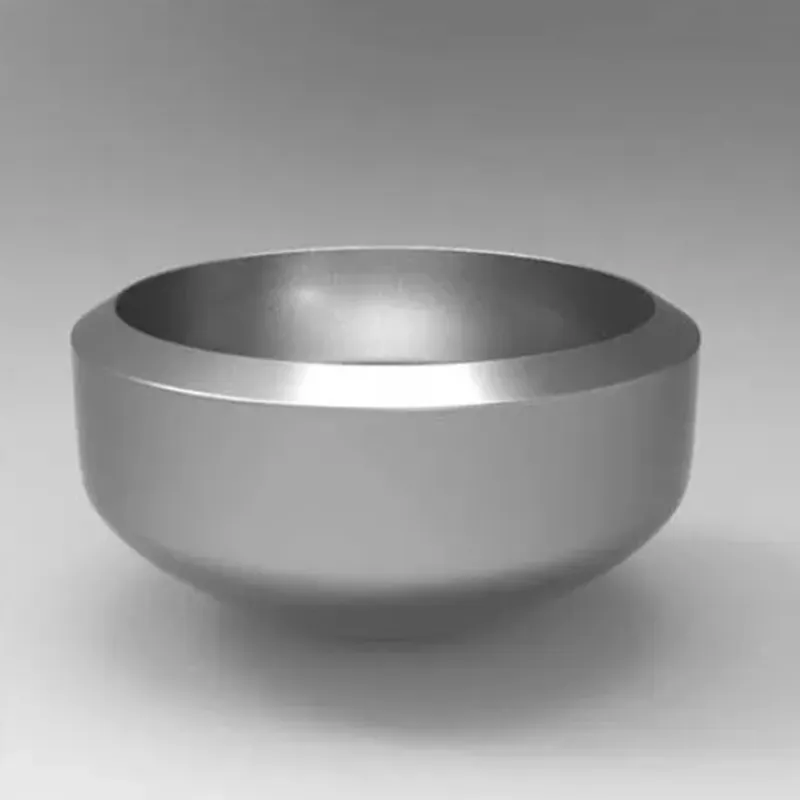-
Cangzhou Yulong Steel Co., Ltd.
-
Phone:
+86 13303177267 -
Email:
admin@ylsteelfittings.com
- English
- Arabic
- Italian
- Spanish
- Portuguese
- German
- kazakh
- Persian
- Greek
- French
- Russian
- Polish
- Thai
- Indonesian
- Vietnamese
- Zulu
- Korean
- Uzbek
- Hindi
- Serbian
- Malay
- Ukrainian
- Gujarati
- Haitian Creole
- hausa
- hawaiian
- Hebrew
- Miao
- Hungarian
- Icelandic
- igbo
- irish
- Japanese
- Javanese
- Kannada
- Khmer
- Rwandese
- Afrikaans
- Albanian
- Amharic
- Armenian
- Azerbaijani
- Basque
- Belarusian
- Bengali
- Bosnian
- Bulgarian
- Catalan
- Cebuano
- China
- China (Taiwan)
- Corsican
- Croatian
- Czech
- Danish
- Esperanto
- Estonian
- Finnish
- Frisian
- Galician
- Georgian
- Kurdish
- Kyrgyz
- Lao
- Latin
- Latvian
- Lithuanian
- Luxembourgish
- Macedonian
- Malgashi
- Malayalam
- Maltese
- Maori
- Marathi
- Mongolian
- Myanmar
- Nepali
- Norwegian
- Norwegian
- Occitan
- Pashto
- Dutch
- Punjabi
- Romanian
- Samoan
- Scottish Gaelic
- Sesotho
- Shona
- Sindhi
- Sinhala
- Slovak
- Slovenian
- Somali
- Sundanese
- Swahili
- Swedish
- Tagalog
- Tajik
- Tamil
- Tatar
- Telugu
- Turkish
- Turkmen
- Urdu
- Uighur
- Welsh
- Bantu
- Yiddish
- Yoruba

Oct . 07, 2024 09:54 Back to list
api 5l x60 specification
Understanding API 5L X60 Specification A Comprehensive Overview
API 5L X60 is a specification under the American Petroleum Institute (API) that provides standards for the manufacturing and testing of line pipes used in the transportation of natural gas, petroleum, and other hydrocarbon products. Designed to ensure safety and reliability, API 5L X60 has become an essential reference for professionals in the oil and gas industry, particularly those involved in pipeline construction and maintenance. This article will delve into the specifics of the API 5L X60 specification, its significance, and the implications for usage in the field.
Key Characteristics of API 5L X60
API 5L X60 is categorized within the API 5L specifications, which encompass various grades of steel pipes that are primarily used for the transportation of oil and gas. The X60 designation indicates that the steel has a minimum yield strength of 60,000 psi (pounds per square inch). This high yield strength makes it suitable for high-pressure applications, where durability and resilience are critical.
The specification covers two primary product forms seamless and welded steel pipes. Seamless pipes are manufactured from solid round billets, while welded pipes are formed by rolling steel and welding the edges. Both types must meet stringent quality and performance standards to ensure they can withstand the harsh conditions typical of oil and gas transport.
Chemical Composition and Mechanical Properties
According to API 5L specifications, the chemical composition of API 5L X60 steel typically includes elements such as carbon, manganese, phosphorus, sulfur, silicon, and copper. Each of these elements plays a crucial role in determining the pipe's mechanical properties, such as its tensile strength, toughness, and resistance to corrosion.
api 5l x60 specification

For API 5L X60, the specific mechanical properties are precisely outlined in the specification. The minimum yield strength of 60,000 psi is just the beginning; the specification also delineates requirements for tensile strength, elongation, and impact resistance. These properties are vital for ensuring that the pipes can handle varying operational conditions, including temperature fluctuations and environmental stresses.
Testing Requirements
To ensure compliance with the API 5L X60 specification, rigorous testing protocols must be followed. These include non-destructive testing methods such as ultrasonic testing and radiographic testing, which are employed to detect any potential flaws or weaknesses in the pipe material. Pressure testing is also crucial, where pipes are subjected to high-pressure conditions to ensure they do not rupture or leak.
Applications of API 5L X60
API 5L X60 pipes are widely used in various applications within the oil and gas sector. They are employed in transmission pipelines that carry oil, natural gas, and other fluids over long distances. Additionally, they are utilized in construction projects involving infrastructure such as refineries, storage facilities, and offshore platforms. The robustness of X60 steel makes it an appropriate choice for these demanding environments, where safety and structural integrity are paramount.
Conclusion
API 5L X60 specification plays a pivotal role in the oil and gas industry, providing a necessary benchmark for the quality and performance of steel pipes used in pipeline construction. Its specific requirements for yield strength, chemical composition, and rigorous testing ensure that the pipelines can withstand the challenges of transporting hydrocarbons safely and efficiently. As the demand for energy continues to grow, adherence to the API 5L X60 standards will remain integral to maintaining the safety and reliability of pipeline infrastructures worldwide. Understanding these specifications not only empowers industry professionals but also serves as a foundation for ongoing innovations in pipeline technology.
Latest news
-
ANSI 150P SS304 SO FLANGE
NewsFeb.14,2025
-
ASTM A333GR6 STEEL PIPE
NewsJan.20,2025
-
ANSI B16.5 WELDING NECK FLANGE
NewsJan.15,2026
-
ANSI B16.5 SLIP-ON FLANGE
NewsApr.19,2024
-
SABS 1123 FLANGE
NewsJan.15,2025
-
DIN86044 PLATE FLANGE
NewsApr.19,2024
-
DIN2527 BLIND FLANGE
NewsApr.12,2024
-
JIS B2311 Butt-Welding Fittings LR/SR 45°/90° /180°Seamless/Weld
NewsApr.23,2024











